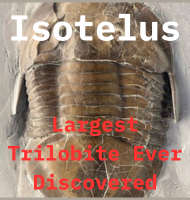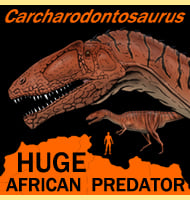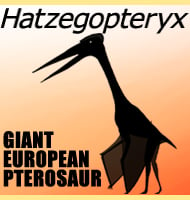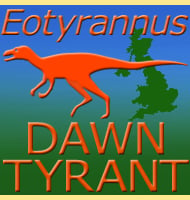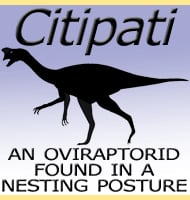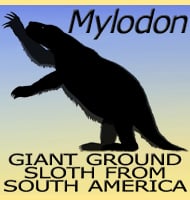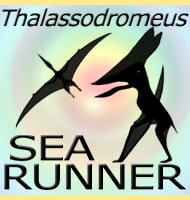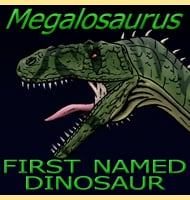In Depth
Mei was named because it was found in a sleeping pose, not unlike birds today. Study of the bones has revealed they were not totally fused, meaning that the animal was a juvenile. Analysis of the stone the fossil was discovered in shows it to have been buried by volcanic ash. A second specimen has was later found, and this individual too was in a sleeping position similar to the holotype. Mei was a small troodontid dinosaur and would have been a predator of other small animals.
Further Reading
– A new troodontid dinosaur from China with avian-like sleeping posture. – Nature. 431 (7010): 838–841. – Xing Xu & Mark A. Norell – 2004. – A Second Soundly Sleeping Dragon: New Anatomical Details of the Chinese Troodontid Mei long with Implications for Phylogeny and Taphonomy. – PLOS ONE. 7 (9): e45203.- Chunling Gao, Eric M. Morschhauser, David J. Varricchio, Jinyuan Liu & Bo Zhao – 2012.

